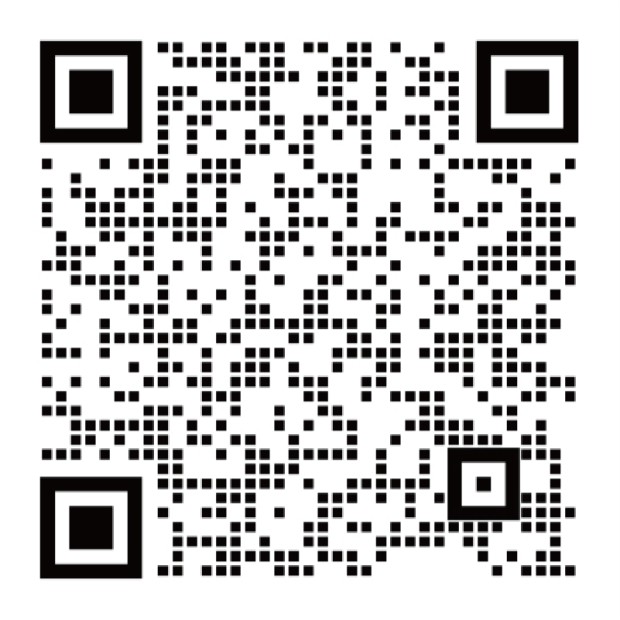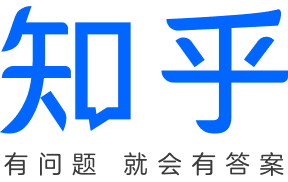3.44. Gen2 设备上的彩色相机和TinyYoloV3模型解码
本示例说明如何在RGB输入帧上运行TinyYoloV3,以及如何在预览中同时显示RGB预览和TinyYoloV3的元数据结果。 解码是在Myriad上完成的,而不是在主机上完成的。
需要正确配置,依赖网络的参数才能正确解码:setNumClasses-YOLO类的数量setCoordinateSize-坐标setAnchors的大小-yolo锚setAnchorMasks-anchorMasks26,anchorMasks13(anchorMasks52-另外用于完整的YOLOv3)setIouThreshold-高于联合阈值setConfidenceThreshold的交集检测到哪些物体。
3.44.1. 演示
3.44.2. 设置
请运行以下命令来安装所需的依赖项
Warning
说明:此处安装的是第二代depthai库
python3 -m pip install --extra-index-url https://artifacts.luxonis.com/artifactory/luxonis-python-snapshot-local/ depthai==0.0.2.1+c9a19df719cb668e438d6eafd193cdf60a0d9354 numpy==1.19.5 opencv-python==4.5.1.48
有关更多信息,请参阅 Python API 安装指南
这个示例还需要 TinyYoloV3 blob ( TinyYoloV3.blob 文件 )才能工作——您可以从 这里 下载它。
3.44.3. 源代码
from pathlib import Path
import sys
import cv2
import depthai as dai
import numpy as np
import time
'''
Tiny-Yolo-V3设备侧解码演示
YOLO v3 Tiny是从此存储库<https:github.comdavid8862keras-YOLOv3-model-set>使用Keras实现的实时对象检测模型,并转换为TensorFlow框架。
该模型在具有80个类别的COCO数据集上进行了预训练。
'''
# yolo v3的标签文本
label_map = ["person", "bicycle", "car", "motorbike", "aeroplane", "bus", "train",
"truck", "boat", "traffic light", "fire hydrant", "stop sign", "parking meter", "bench",
"bird", "cat", "dog", "horse", "sheep", "cow", "elephant",
"bear", "zebra", "giraffe", "backpack", "umbrella", "handbag", "tie",
"suitcase", "frisbee", "skis", "snowboard", "sports ball", "kite", "baseball bat",
"baseball glove", "skateboard", "surfboard", "tennis racket", "bottle", "wine glass", "cup",
"fork", "knife", "spoon", "bowl", "banana", "apple", "sandwich",
"orange", "broccoli", "carrot", "hot dog", "pizza", "donut", "cake",
"chair", "sofa", "pottedplant", "bed", "diningtable", "toilet", "tvmonitor",
"laptop", "mouse", "remote", "keyboard", "cell phone", "microwave", "oven",
"toaster", "sink", "refrigerator", "book", "clock", "vase", "scissors",
"teddy bear", "hair drier", "toothbrush"]
syncNN = True
# 首先获取模型
tiny_yolo_v3_path = str((Path(__file__).parent / Path('models/tiny_yolo_v3_6shaves.blob')).resolve().absolute())
if len(sys.argv) > 1:
tiny_yolo_v3_path = sys.argv[1]
# 开始定义管道
pipeline = dai.Pipeline()
# 创建彩色相机流
cam_rgb = pipeline.createColorCamera()
cam_rgb.setPreviewSize(416, 416)
cam_rgb.setInterleaved(False)
cam_rgb.setFps(40)
# 特定于网络的设置
detectionNetwork = pipeline.createYoloDetectionNetwork()
detectionNetwork.setConfidenceThreshold(0.5)
detectionNetwork.setNumClasses(80)
detectionNetwork.setCoordinateSize(4)
anchors = np.array([10,14, 23,27, 37,58, 81,82, 135,169, 344,319])
detectionNetwork.setAnchors(anchors)
anchorMasks26 = np.array([1,2,3])
anchorMasks13 = np.array([3,4,5])
anchorMasks = {
"side26": anchorMasks26,
"side13": anchorMasks13,
}
detectionNetwork.setAnchorMasks(anchorMasks)
detectionNetwork.setIouThreshold(0.5)
detectionNetwork.setBlobPath(tiny_yolo_v3_path)
detectionNetwork.setNumInferenceThreads(2)
detectionNetwork.input.setBlocking(False)
cam_rgb.preview.link(detectionNetwork.input)
# 创建输出
xout_rgb = pipeline.createXLinkOut()
xout_rgb.setStreamName("rgb")
if(syncNN):
detectionNetwork.passthrough.link(xout_rgb.input)
else:
cam_rgb.preview.link(xout_rgb.input)
xout_nn = pipeline.createXLinkOut()
xout_nn.setStreamName("detections")
detectionNetwork.out.link(xout_nn.input)
# 管道已定义,现在设备已连接到管道
with dai.Device(pipeline) as device:
# 启动管道
device.startPipeline()
# 输出队列将用于从上面定义的输出中获取rgb帧和nn数据
q_rgb = device.getOutputQueue(name="rgb", maxSize=4, blocking=False)
q_nn = device.getOutputQueue(name="detections", maxSize=4, blocking=False)
frame = None
bboxes = []
start_time = time.time()
counter = 0
fps = 0
while True:
if(syncNN):
in_rgb = q_rgb.get()
in_nn = q_nn.get()
else:
in_rgb = q_rgb.tryGet()
in_nn = q_nn.tryGet()
if in_rgb is not None:
# 如果来自RGB相机的数据不为空,则将1D数据转换为HxWxC帧
shape = (3, in_rgb.getHeight(), in_rgb.getWidth())
frame = in_rgb.getData().reshape(shape).transpose(1, 2, 0).astype(np.uint8)
frame = np.ascontiguousarray(frame)
if in_nn is not None:
bboxes = in_nn.detections
counter+=1
current_time = time.time()
if (current_time - start_time) > 1 :
fps = counter / (current_time - start_time)
counter = 0
start_time = current_time
color = (255, 255, 255)
if frame is not None:
# 如果图像不为空,请在其上绘制边框并显示图像
height = frame.shape[0]
width = frame.shape[1]
for bbox in bboxes:
x1 = int(bbox.xmin * width)
x2 = int(bbox.xmax * width)
y1 = int(bbox.ymin * height)
y2 = int(bbox.ymax * height)
try:
label = label_map[bbox.label]
except:
label = bbox.label
cv2.putText(frame, str(label), (x1 + 10, y1 + 20), cv2.FONT_HERSHEY_TRIPLEX, 0.5, color)
cv2.putText(frame, "{:.2f}".format(bbox.confidence*100), (x1 + 10, y1 + 40), cv2.FONT_HERSHEY_TRIPLEX, 0.5, color)
cv2.rectangle(frame, (x1, y1), (x2, y2), color, cv2.FONT_HERSHEY_SIMPLEX)
cv2.putText(frame, "NN fps: {:.2f}".format(fps), (2, frame.shape[0] - 4), cv2.FONT_HERSHEY_TRIPLEX, 0.4, color)
cv2.imshow("rgb", frame)
if cv2.waitKey(1) == ord('q'):
break
有疑问?
我们很乐意为您提供代码或其他问题的帮助。
我们的联系方式
还可以通过我们发布的视频和文章了解OAK








